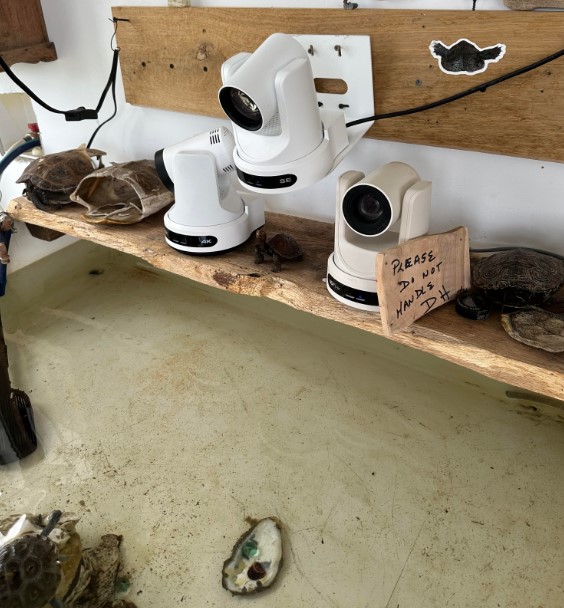

Remote Wildlife Photography
Remote cameras have revolutionized wildlife photography, enabling photographers to capture intimate moments without disturbing animals in their natural habitats.

In Tilghman Island, Maryland, a fascinating example of remote wildlife photography has captured the attention of locals and nature enthusiasts alike. A rare double-headed turtle, discovered on the island, has become a local legend and the subject of an innovative remote photography project.
The turtle’s owner has set up a live streaming system, allowing viewers from around the world to observe this unique creature in real-time. Additionally, they employ remote photography techniques to capture high-quality images of the turtle without causing disturbance.

Key aspects of this remote photography setup include:
- High-resolution cameras for detailed observation
- Live streaming capabilities for continuous monitoring
- Remote-controlled camera settings for optimal image capture
- Non-invasive setup to ensure the turtle’s wellbeing
This project not only showcases the power of remote photography in wildlife documentation but also demonstrates how technology can bring rare natural phenomena to a global audience while minimizing human interference.

The PTZOptics cameras used in this project feature advanced optical zoom capabilities, allowing for incredibly detailed close-up images of the double-headed turtle. This optical zoom is crucial for capturing fine details without disturbing the subject, maintaining the integrity of the natural observation.
These cameras are integrated with Hive, a sophisticated remote camera control solution. This integration enhances the project’s reach and functionality in several ways:
- Live Streaming: Hive enables real-time streaming of the turtle, allowing viewers worldwide to observe this rare phenomenon as it happens.
- Remote Viewing: Researchers and enthusiasts can access the camera feed remotely, facilitating ongoing study and observation without physical presence.
- Photography: The system allows for the capture of high-resolution still images, which can be used for documentation and further study.
- Collaborative Control: Multiple authorized users can potentially control the camera remotely, allowing for collaborative research and observation.
This combination of PTZOptics cameras and Hive technology not only provides an excellent platform for wildlife observation but also creates an interactive, educational experience for a global audience. It exemplifies how modern remote photography solutions can be leveraged for scientific research, conservation efforts, and public engagement in wildlife projects.

